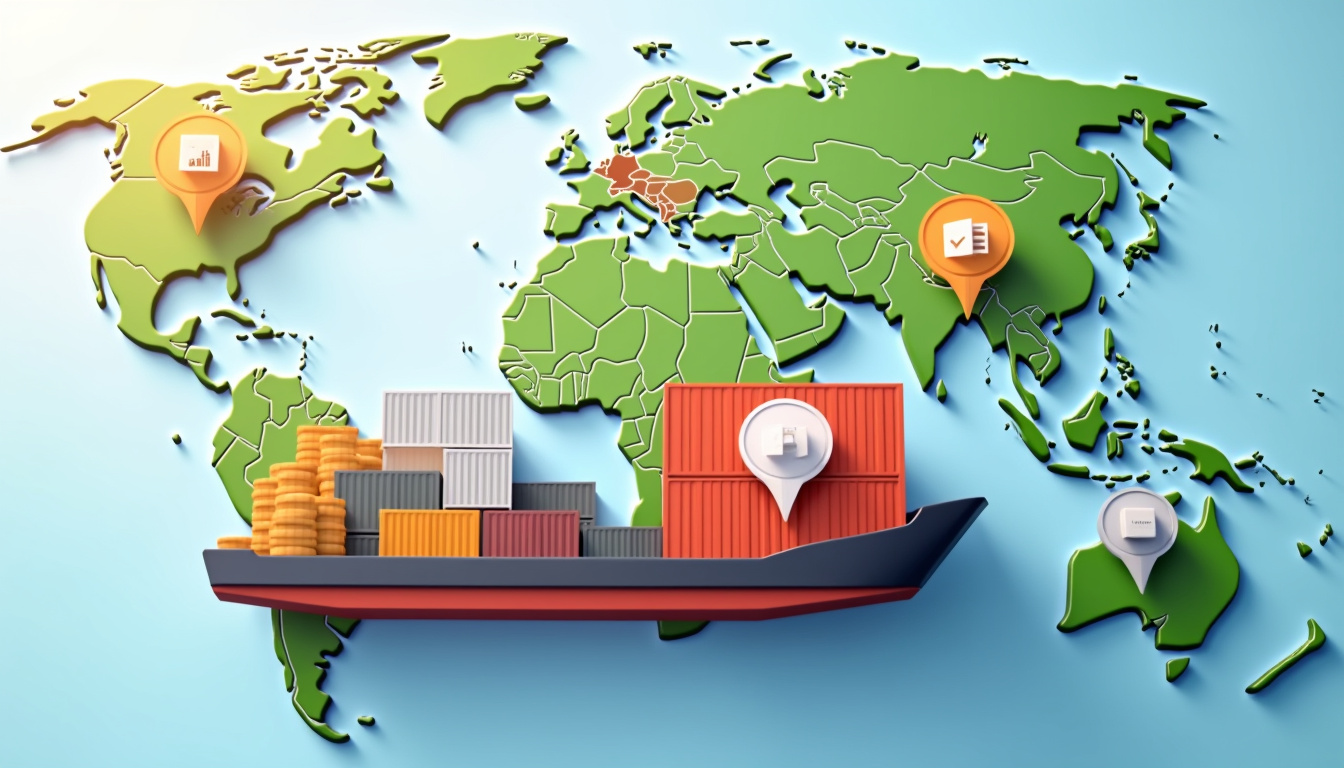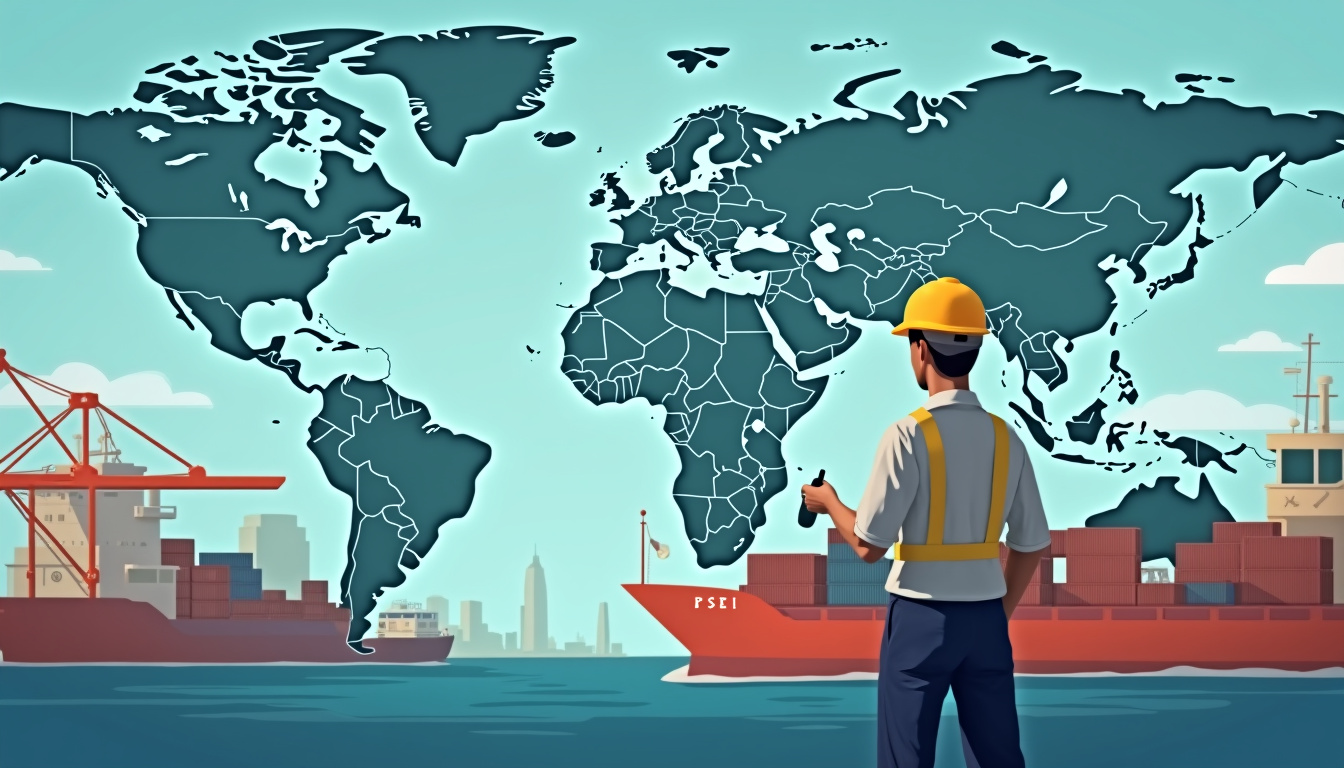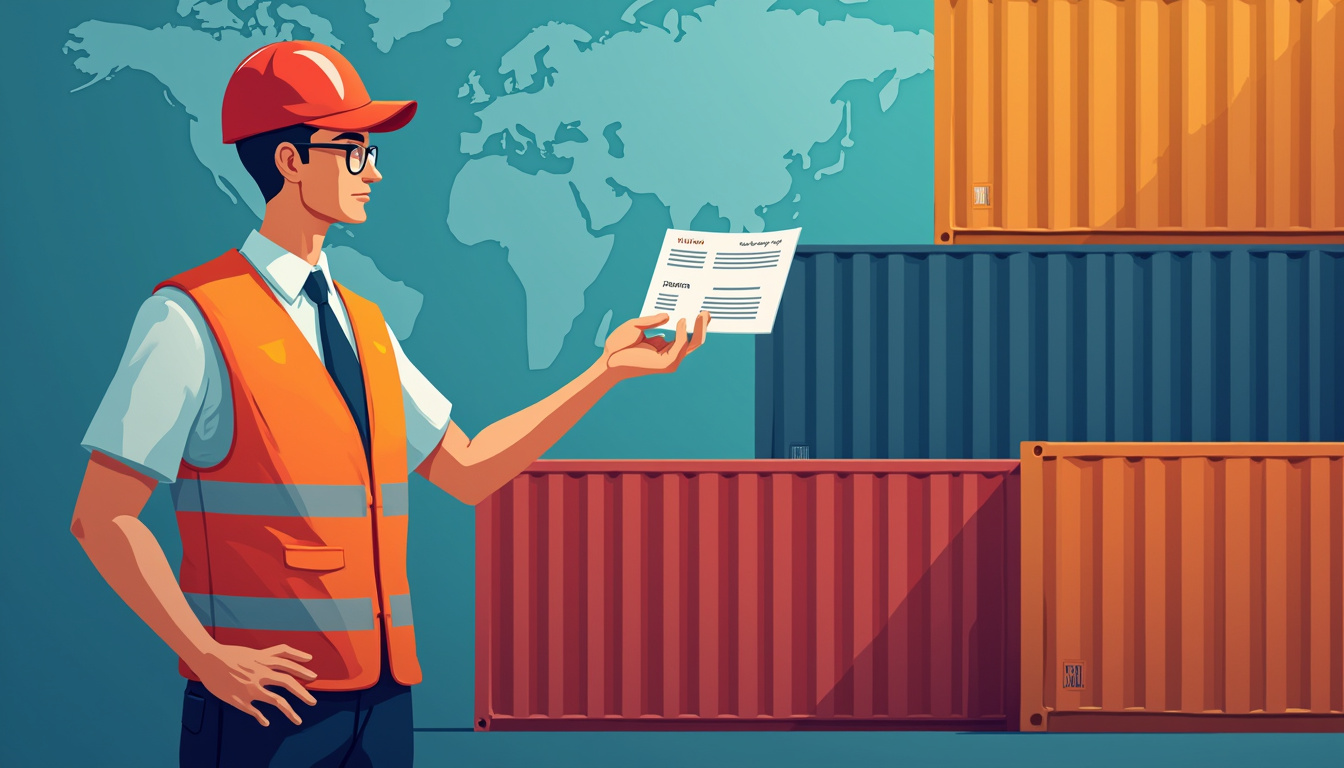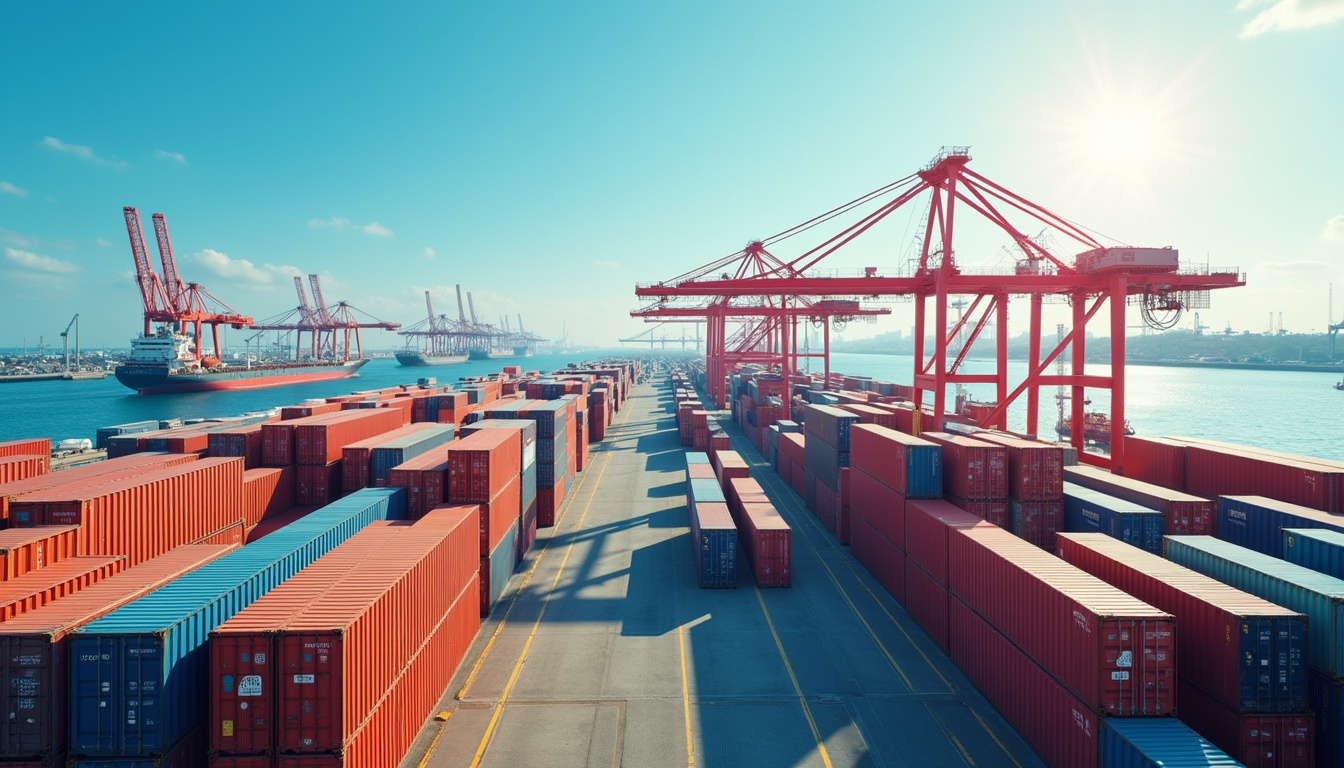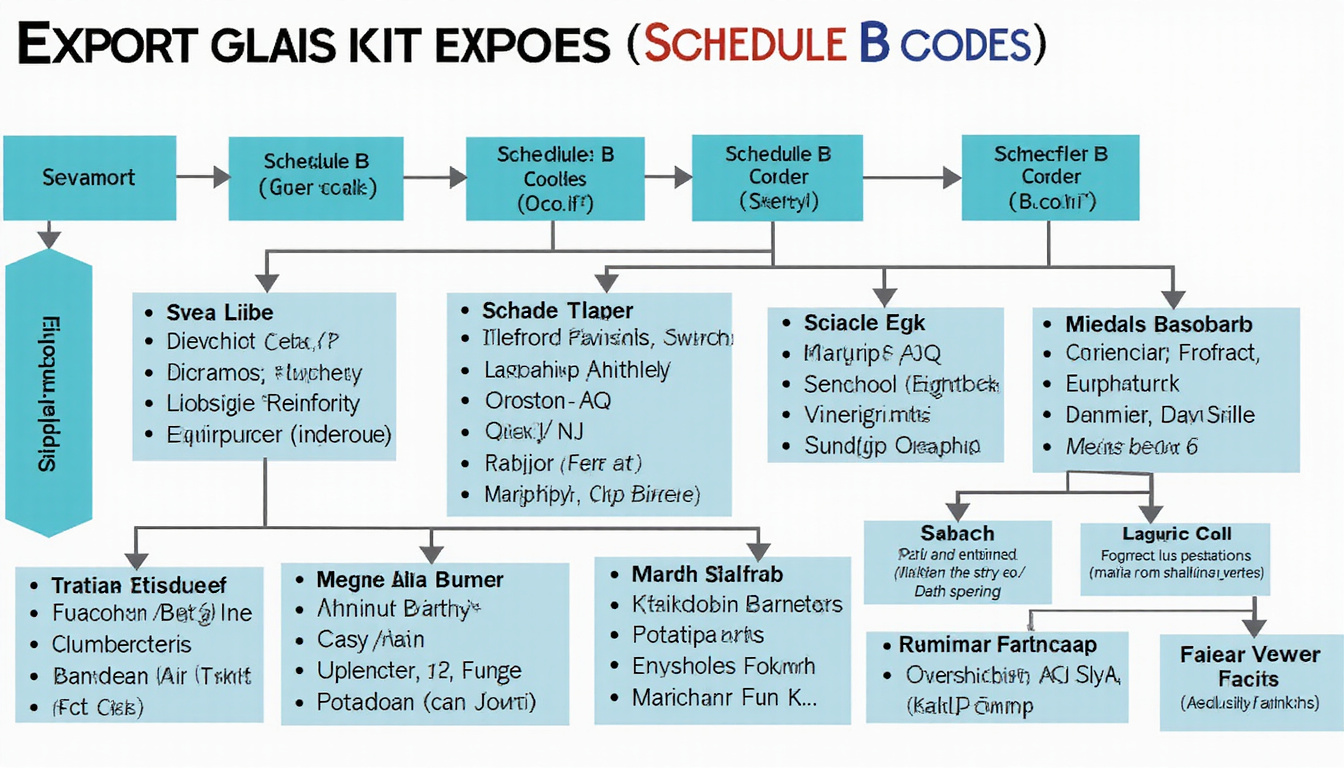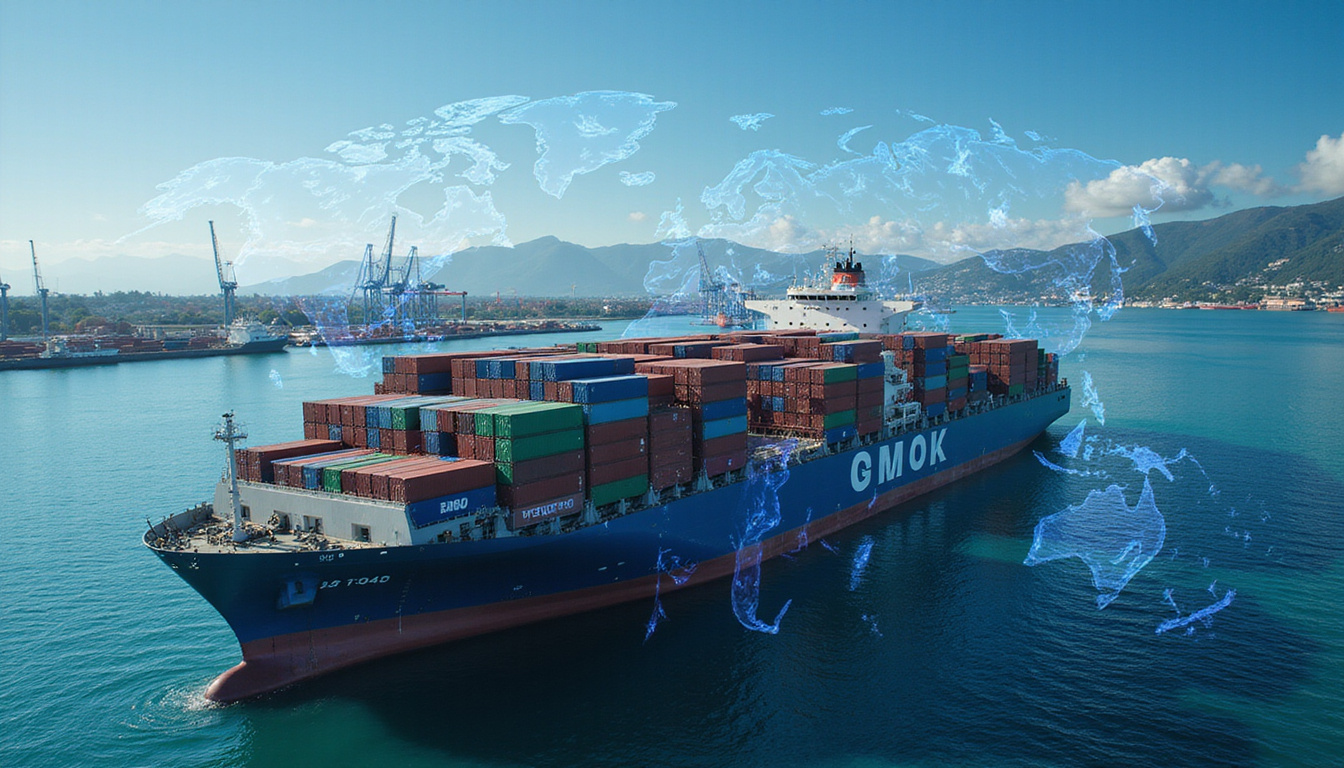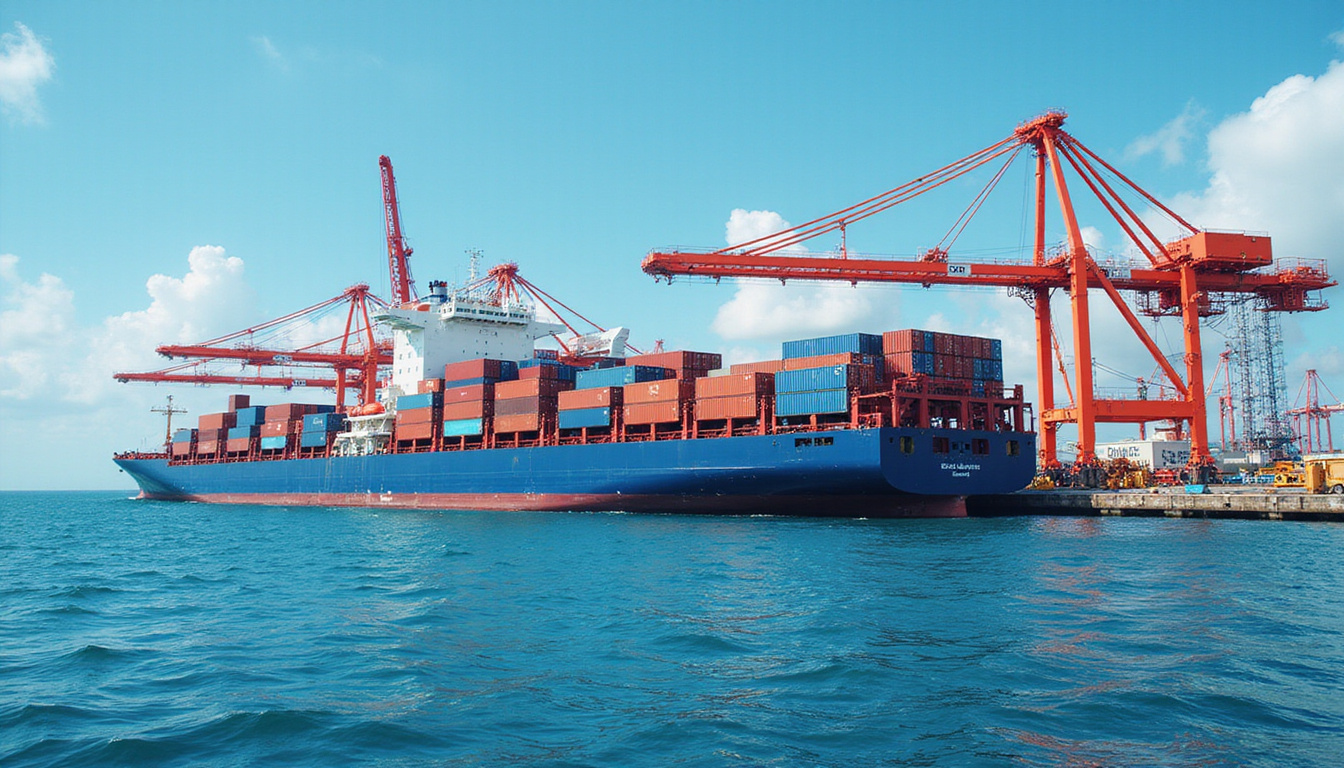Understanding tariff subheading is crucial for businesses engaged in international trade, as it directly impacts the costs associated with importing and exporting goods. The tariff subheading is a detailed classification within the broader Harmonized System (HS) code framework, which countries use to categorize products for customs purposes. This article will explain what a tariff subheading is, how it functions in international trade, and why accurate classification matters for controlling trade expenses.
What Is a Tariff Subheading?
A tariff subheading is a specific numerical code that falls under the more general tariff heading used in customs documentation. The Harmonized System, maintained by the World Customs Organization, organizes goods into chapters and headings identified by six-digit HS codes. Countries often extend these codes with additional digits, creating subheadings to describe products in finer detail.
For example, the HS code might classify "fruit" broadly, while the tariff subheading distinguishes between "fresh apples" and "dried apples." This level of detail helps customs authorities apply the correct tariffs, quotas, or regulatory measures.
Why Tariff Subheadings Matter in International Trade
The tariff subheading determines the tariff rate applied to goods when crossing borders. Different subheadings, even within the same product category, can incur vastly different duties due to variations in trade agreements, domestic policies, or anti-dumping measures.
- Accurate Duty Calculation: Precise classification ensures you pay the correct duty amount, avoiding costly overpayments or penalties.
- Compliance: Customs authorities require accurate tariff subheadings to verify compliance with trade laws.
- Trade Negotiations: Tariff subheadings are used during trade negotiations to lower tariffs on specific goods.
- Market Access: Some tariff subheadings may be eligible for preferential treatment under trade agreements, such as zero tariffs or reduced rates.
How Tariff Subheading Affects International Trade Costs
Tariff subheadings influence international trade costs in several ways:
1. Tariff Rates Differ by Subheading
Each tariff subheading correlates with a tariff percentage or a fixed fee. Even small differences can significantly impact the landed cost of a product. For example, electronics might have a 5% tariff under one subheading but 10% under another, affecting your pricing and competitiveness.
2. Additional Duties and Taxes
Certain tariff subheadings trigger extra charges like anti-dumping duties, countervailing duties, or luxury taxes, further increasing import costs.
3. Customs Compliance Costs
Misclassification of products by tariff subheading can lead to audits, fines, or shipment delays, adding unexpected expenses.
4. Eligibility for Free Trade Agreements (FTAs)
Proper classification by tariff subheading is essential for taking advantage of tariff reductions offered under FTAs such as NAFTA, USMCA, or the EU’s agreements with third countries.
How to Correctly Identify Your Product’s Tariff Subheading
Identifying the correct tariff subheading requires detailed knowledge of your product and the relevant classification system. Here’s a streamlined approach:
- Gather Detailed Product Information: Specifications, material composition, end use, and manufacturing processes.
- Consult the Harmonized System Database: Start with the six-digit HS code related to your product category.
- Refer to National Extensions: Identify additional digits used by your country to form the complete tariff subheading.
- Use Online Classification Tools: Websites like classifast.com offer instant classification and category searching for tariff codes such as UNSPSC, NAICS, ISIC, and HS codes from text descriptions.
- Consult Customs or Trade Experts: When in doubt, seek professional advice to ensure your classification is accurate.
Key Benefits of Using Classification Tools like Classifast
Classifast.com is an invaluable resource for businesses needing quick and accurate tariff subheading identification. It simplifies the process by allowing users to enter a product description and instantly retrieve relevant UNSPSC, NAICS, ISIC, ETIM, or HS codes. This reduces the risk of misclassification and speeds up customs processing, ultimately lowering the chances of incurring unexpected tariffs or fees.

Example: Tariff Subheading Impact on Imported Electronic Goods
Imagine importing a variety of electronic devices. The tariff subheading for "smartphones with touchscreens" may differ from "basic mobile phones." Under the same HS chapter for telecommunications equipment, one subheading may attract a 0% tariff under a trade agreement, while the other carries a 5% import duty.
This distinction affects the overall landed cost, pricing strategies, and market competitiveness. Ensuring your electronic products are classified accurately can mean significant savings and smoother customs clearance.
Summary: The Importance of Correct Tariff Subheading in International Trade
- Tariff subheadings are detailed categorizations within the HS code system, used to apply appropriate tariffs.
- They impact the duties and taxes you pay and may determine eligibility for trade benefits.
- Misclassification can lead to penalties, shipment delays, and higher costs.
- Tools like classifast.com help streamline classification and reduce errors.
FAQ Section
Q1: What is the difference between a tariff heading and a tariff subheading?
A tariff heading is a broad classification within the Harmonized System, typically six digits, while a tariff subheading extends this code with additional digits for finer product differentiation.
Q2: How can a tariff subheading affect import duties?
Different subheadings may carry different tariff rates; therefore, classifying a product under the correct subheading ensures the right duty amount is applied.
Q3: Where can I find the correct tariff subheading for my product?
You can consult national customs databases, international HS code directories, or use tools like classifast.com for quick and accurate classification.
Further Reading
For more detailed information on tariff classifications and their impact on global trade, refer to the World Customs Organization’s official publications (source).
Understanding the tariff subheading is not just a bureaucratic necessity—it’s a strategic tool that can help optimize your international trade costs. Take control today by accurately classifying your products and leveraging smart tools like classifast.com. Start reducing unnecessary trade expenses and ensuring compliance now!
